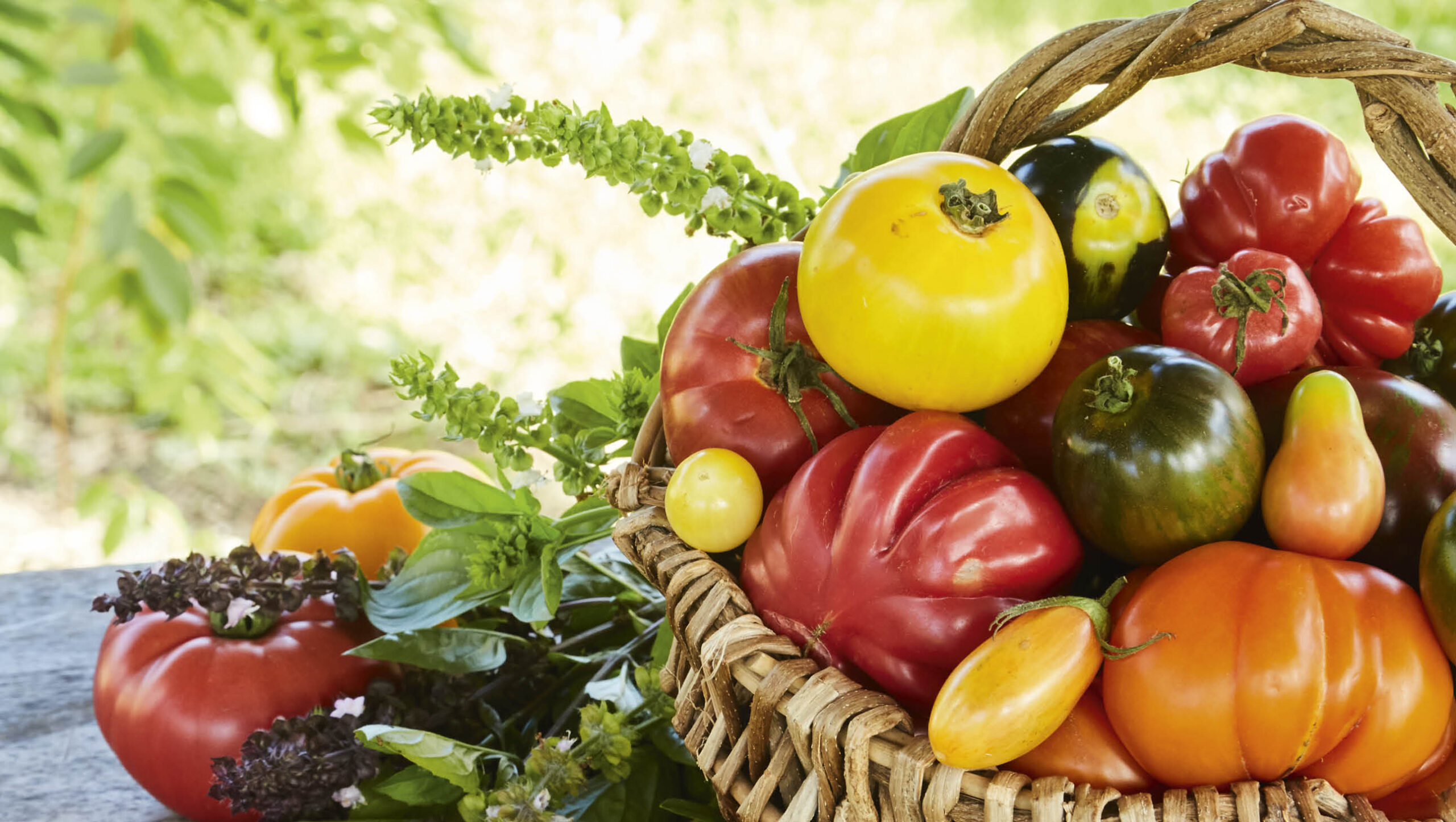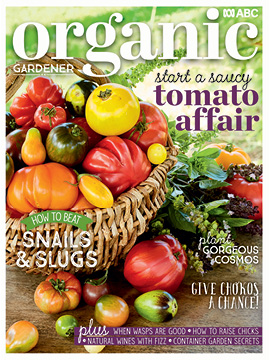Tips for preparing soil for tomatoes
2021-09-22T04:08:40+10:00
Cheryl McGaffin has a wide range of tomato varieties growing on her property in Victoria and Penny Woodward couldn't resist visiting Daniel's Run to find out more about them.
Cheryl McGaffin’s interest in heirloom tomatoes has always been there, and she has also grown natural crosses from her own tomatoes. But her passion really took off when she had more space.
“I tend to grow differently,” Cheryl explains. “It’s a wilder garden and I encourage a lot of different plants and flowers and herbs to seed. That helps with disease and pest control.”
Cheryl uses innovative techniques such as home ferments and ‘dry farming’ but it all starts with the soil.
Soil preparation
All Cheryl’s tomatoes are grown from seed and she makes her own seed-raising mix from an old recipe that includes propagating sand, coir, compost, worm castings, rock dust, a handful of decomposed manure and a handful of vermiculite. Bed preparation takes time, starting in late autumn.
“We spread lots of our horse manure over the surface and then we spread compost over that and then green manure is sown into the compost. I try to use as many different species as I can: cereal, winter flowers like calendula and lots of brassicas, broadbeans, legumes, mustards and vetch. And old seed stock, anything that’s out of date but suitable I just throw in as well.”
When the green manure is up and growing she sprays it with her home-produced ferment (see below). She believes the ferment strengthens plants and aids disease resistance, especially fungal disease.
Cheryl is a no-till gardener, so doesn’t dig in the green manure crop. When it’s 60–100cm high she’ll slash or crimp it. Crimping involves dragging a steel picket over the green manure, breaking the stems near the ground. Then a thick layer of lucerne hay is spread over the top. Tomatoes are planted into pockets six weeks later. Cheryl says this seems like a lot of preparation but it means she doesn’t have to feed again, they have all they need.
“If your soil is already very biologically active then anything you add makes no difference to your plants.”
Cheryl says her ‘dry farming’ technique is based on what they do in the Napa Valley in California. It requires minimal watering because it’s a very deeply mulched system.
“You don’t need to water much, the tomato roots just get down and go. It’s meant to give you the best flavour ever because of minimal water.”
Time to plant
In August, Cheryl sows her seeds into her own seed-raising mix in 10 x 10cm wood-fibre pots. These break down in the soil after planting. By planting time (early November) plants are usually about 60cm tall and are planted about half that depth into the ground, pots and all. There is no transplanting and no root disturbance.
Ferments
Cheryl uses ferments as part of her tomato growing. They’re based on Nigel Palmer’s book The Regenerative Grower’s Guide to Garden Amendments. Here’s how:
- Each season collect some of your fruit, in this case it’s tomatoes – enough to ¾ fill a bucket.
- Cheryl chops hers up a little bit and puts them in the bucket with enough water to cover.
- You then add a layer of leaf mould on top of the fruit. To get the mould, Cheryl goes into the bush on her property, scraping back the leaf layer and collecting the decomposing humus with fungal filaments below.
- Cover the bucket with a cloth and a board on top and place in a shady position out of the rain. Leave to ferment all year. When ready to use, drain the liquid off, dilute it at least 1:20 with water. Cheryl sprays hers onto the green manure crop she has planted once it is growing strongly. You can also spray onto maturing tomato plants.
The thinking is that anything the tomato needs to survive will be contained within the tomato. So you are treating your crop, with your crop.
Penny Woodward’s feature about Cheryl and her amazing tomatoes was printed in our September/October 2021 issue (OG 128).







